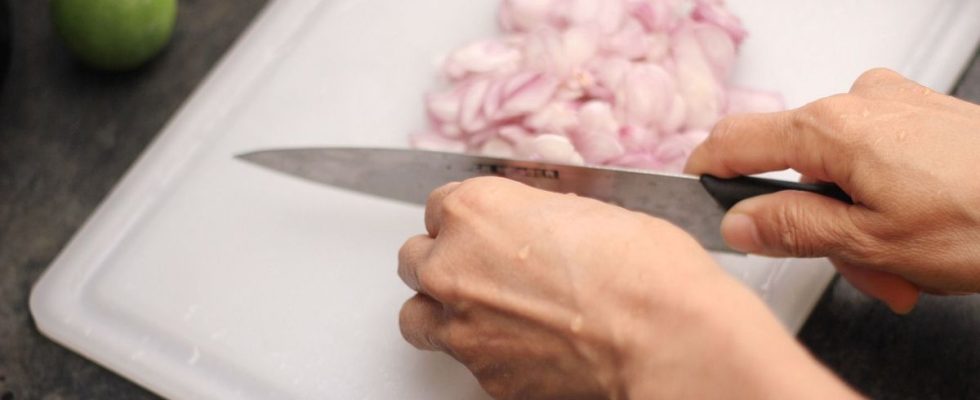Published on
Updated
Reading 1 min.
According to a study published in the journal Environmental Science & Technology, cutting vegetables on a plastic cutting board is a source of food pollution. During cutting, the cutting board releases millions of microparticles that can penetrate food. However, the effects of this contamination on health have not yet been demonstrated.
This is not the first time that plastic cutting boards have been singled out for their negative health effects. They have been shown to harbor more bacteria than wooden or marble boards and these bacteria cannot be washed away. This time, they are suspected of being food pollutants. This is according to a study recently published by theAmerican Chemical Society. The authors of this work showed that plastic cutting boards can release millions of polypropylene and polyethylene microparticles during vegetable cutting. Since these particles are infinitely small, they can potentially penetrate the cut foods that we then consume.
A significant annual exposure per person
The results of this study reveal that each year, a person could be exposed to 14 to 71 million polyethylene microplastics and 79 million polypropylene microplastics from cutting food on cutting boards. The degree of exposure to these pollutants can vary from person to person depending on the type of hash, the material of the board and the frequency of use of the board.
Health effects that have yet to be demonstrated
While this study revealed the contamination of food by microplastics from cutting boards, it did not show that this type of pollution had effects on human health. “Our preliminary work on the toxicity of polyethylene microplastics did not demonstrate adverse health effects in mice studied for 72 hours”, said the authors of the study.
This does not mean that the use of plastic cutting boards is safe for health, but that more research is needed to better understand the long-term consequences of exposure to microplastics in food.

